#myth
Explore tagged Tumblr posts
Text
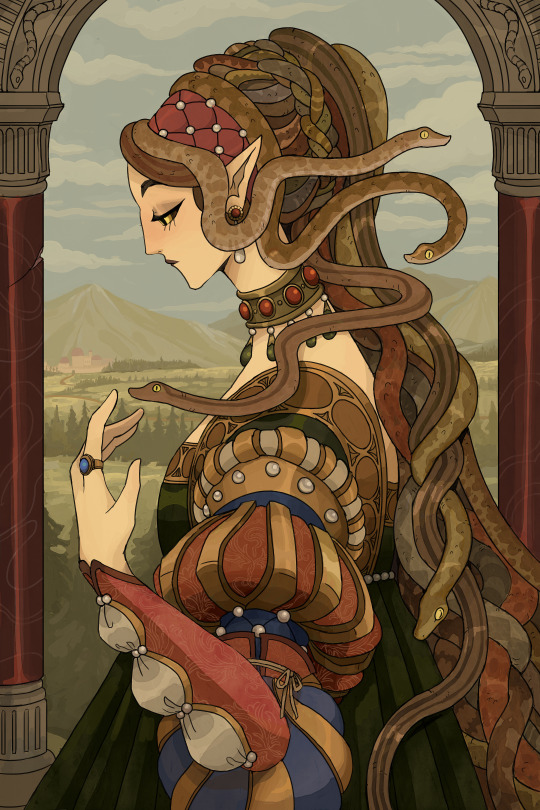
-Medusa-
I've had this sitting around as a sketch for awhile, finally had time to finish it! Hoping to do more mythology illustration this year.
59K notes
·
View notes
Text
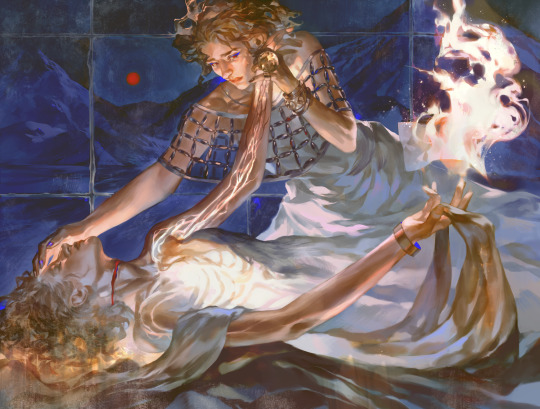
I Will Be Sure When I No Longer Remember Myself
Personal piece <3
12K notes
·
View notes
Text

King Menelaus and Helen of Sparta reuniting once again. I like the idea of them actually being in love, but maybe also that they love is a bit twisted. She is the daughter of a god, and he is the king of Sparta. They’re both full of bloodlust, devotion, and toxicity, but in a way that works for them.  The drawing was also a bit inspired by epic the musical, especially the part where Penelope and Odysseus meets again 
#art#awesome#artists on tumblr#fanart#gay artist#lgbtq#book#bookaholic#helen of troy#helen of sparta#greek myth retellings#greek myth art#ancient greek#greek gods#greek mythology#i love her#in love#love#procreate#epic the musical#epic fantasy#epic illustrated#bloodlust#mythological#myth#mythology and folklore#paris of troy#sparta#ancient sparta#spartans
114 notes
·
View notes
Text
It’s hard to know what really happened at ancient Bacchanalia — they were, after all, secret and often illegal. This is the decree restricting Bacchanalia in Rome:

But whatever really happened back in ancient times, more modern artists have had a lot of fun imagining what went down at these festivals of wine and fertility. This is Titian's version of one:
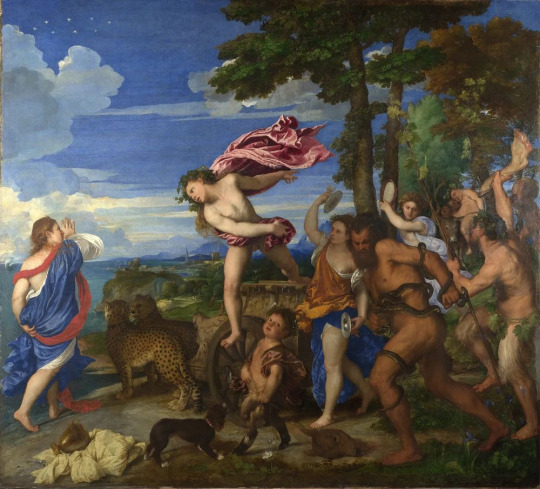
In everything from staid, neoclassical renderings (like this) to more debauched scenes (you'll have to click on the newsletter link to see those)...

The Bacchanalia has given artists a template on which they can explore the nexus of pleasure, chaos, and abandon.
96 notes
·
View notes
Text


June 23rd is the night of Saint John's Eve, the most magical night of the year according to Catalan legends. Tonight, mythical creatures will be around pranking humans and many secrets will be revealed, only to be closed off again when the sun rises. One of the many legends that take place tonight happens in the Medieval castle of Montsoriu (Comarques Gironines, Catalonia; the top photo in this post).
Every year on Saint John's Night, when the bell tower in the town of Breda's church (2nd photo) rings midnight, the bells echo throughout the valley and reach Montsoriu castle, at the top of the mountain. Immediately with the first bell, a gate opens in the castle. This gate leads to a chamber full of wheat and bran.
If, tonight, someone were to walk backwards, holding a lit candle on one hand and a skull on the other; took the wheat with his teeth, putting it inside a sack, and hurried to exit the chamber through the same door; once outside the castle and passed the stream, when he looked inside the sack, he would find that all the wheat has become gold.
But whoever wants to try it must be careful. Firstly, to be patient: if the intruder is too curious or greedy and looks inside the sack before crossing the stream, he will find that everything inside the sack has become sand.
But most importantly, the intruder must be quick: the door opens with the first bell and closes with the last of the 12 bells that ring midnight. If the intruder doesn't manage to leave in time, he will be stuck inside the chamber, with no chance of escaping, because the door won't open again until next year.
Photos: Montsoriu castle by jordi domènech on Wikimedia & Breda by Turisme a Catalunya.
#llegendes#sant joan#nit de sant joan#castell de montsoriu#montsoriu#breda#catalunya#catalonia#legends#folklore#folk stories#fairy tales#myth#mythology#myths and legends#folklore and mythology#european folklore#midsummer#europe#travel
28 notes
·
View notes
Text

Antique Mythology Book
#mystical#fairycore#whimsigoth#witchy#whimsicore#moody#dark and moody#mythology#myth#Greek myth#dreamcore#whimsical#dark#goth#gothcore#gothic#magick#paganism#folklore#Wicca#vintage#books#bookblr#old books#green#green aesthetic#museum#curators#witch#Victorian
2K notes
·
View notes
Text

What big teeth you have!
2K notes
·
View notes
Text

Purgatory Canto 12, The Soul of Arachne (1867)
— by Gustave Doré
#art#artist#artblr#gustave doré#goth#gothic#painting#gothcore#spider#spiders#dark academia#dark art#macabre#horror#artists#mythology#myth#art community#mythological art#historical art#art history#eerie#eeriecore#creature#creatures#fine art#aesthetic#classic academia
6K notes
·
View notes
Text
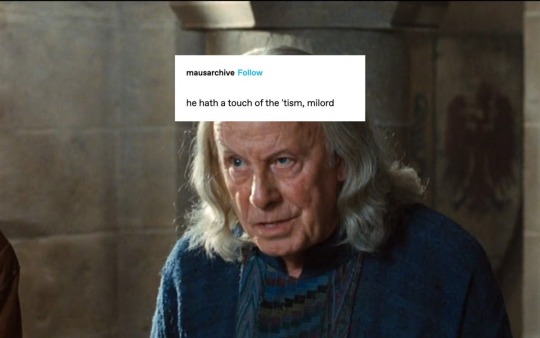
I want to send this to my partner but he’s never seen Merlin and he just WON’t get it 🤣
#merlin#merlin fandom#merlin bbc#bbc#legend#arthurianlegend#Arthurian#king arthur#arthur pendragon#Richard Wilson#bbc gaius#myth#fantasy#fantasy tv
1K notes
·
View notes
Text
Roblox a Noli behind you 💔
1K notes
·
View notes
Text

Andromeda, out on the rocks
15K notes
·
View notes
Text
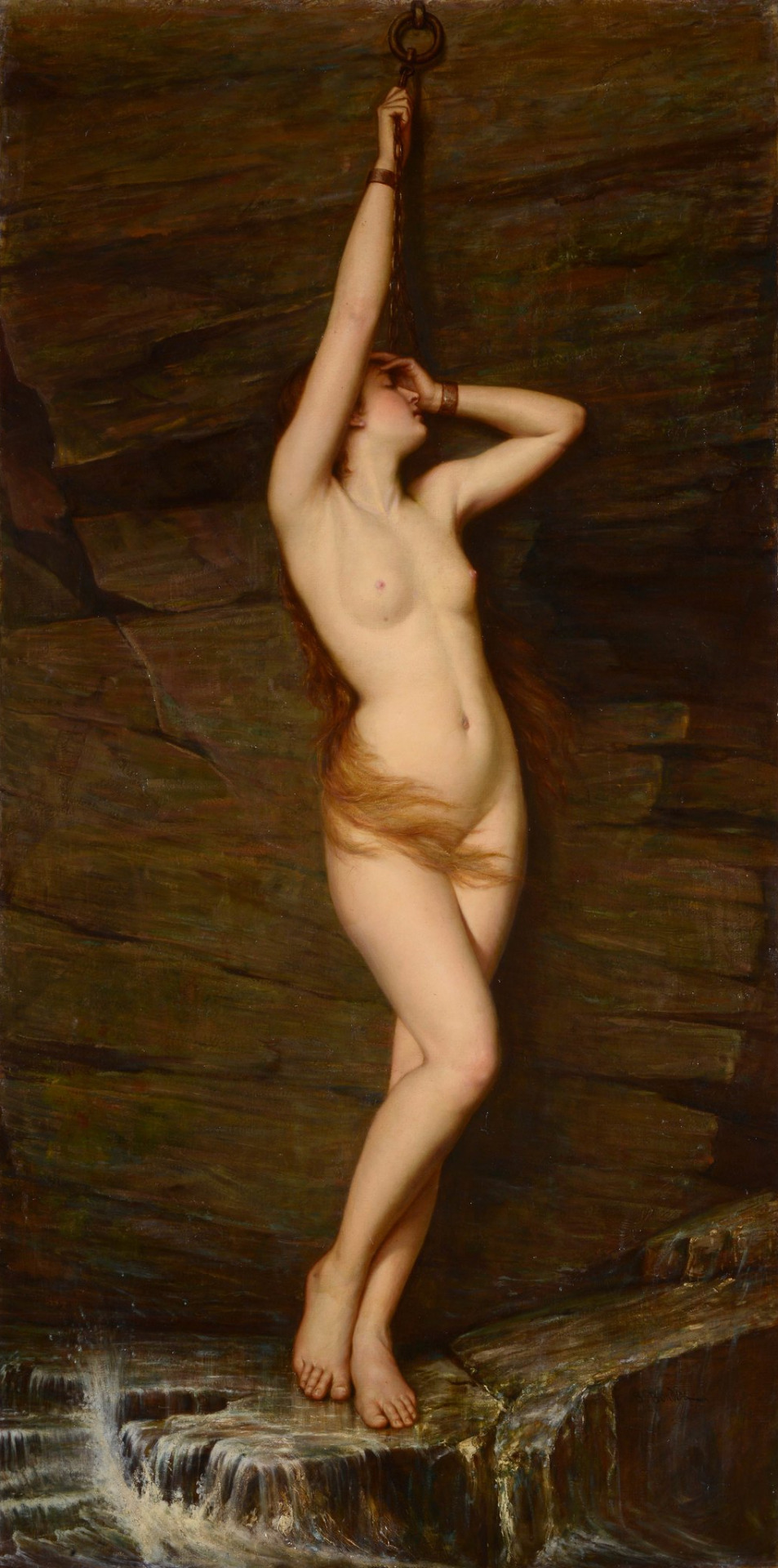
Vlaho Bukovac (Croatian, 1855-1922) Andromeda, n.d. National Gallery of Slovenia
#Vlaho Bukovac#Croatian#1800s#Andromeda#art#fine art#european art#classical art#europe#european#fine arts#oil painting#europa#croatia#croatian#croatian art#slovenia#greek mythology#mythological#mythological art#myth#mediterranean#western civilization
6K notes
·
View notes
Text
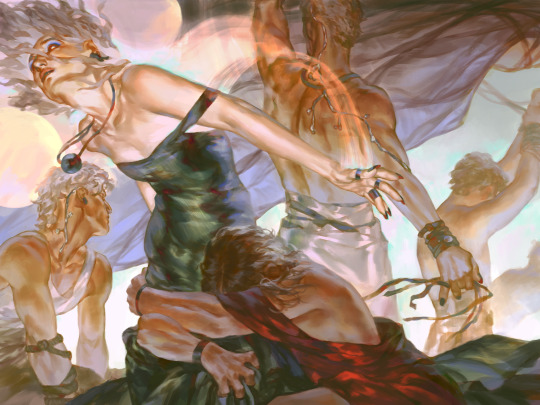
Save me from anesthesia, take me to where the rivers flow straight up
Personal piece, prints here >:) If you're interested in a commission, feel free to email at [email protected] <3
3K notes
·
View notes
Text
Also, gorgon sculptress who absolutely cannot allow anyone to find out she’s a gorgon not to avoid becoming a science experiment nor for the whole eating people thing but because everyone would always doubt if she really carved her artwork herself and suspect she murdered somebody every time she did a particularly realistic piece.
#gorgon#medusa#ttrpg#ttrpg tumblr#indie ttrpg#ttrpg community#eureka#ttrpgs#eureka: investigative urban fantasy#mythology#ancient greek mythology#mythology and folklore#eureka ttrpg#rpg#urban fantasy#sculpture#gorgons#myth#greek mythology#indie rpgs
1K notes
·
View notes
Text
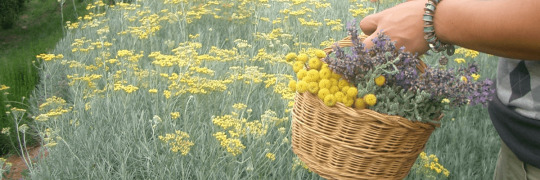


On the days around Midsummer (Sant Joan, June 24th), in Catalonia there's the tradition of making bouquets with St. John's wort, cotton lavender, curry plant, walnut leaf, and stonecrop, and can include thyme, rosemary and other local plants. They are flowers that grow in our landscape and which are in bloom on the days around this holiday.
The tradition is related to the belief in Catalan folklore that the Night of Sant Joan's Eve (June 23rd) is the most magical night of the year, and all herbs picked on this night or spells done this night have a stronger effect.
The tradition is to hang the bouquet on the door or above the fireplace to get dry. The bouquet can be used later in the year as medicinal herbs or be burned the next year in the Sant Joan Night's bonfires (this holiday is celebrated making bonfires). This is said to grant protection from illness and mythological beings, who tend to mess with humans on this night.
The Catalan poet Jacint Verdaguer explained a story about it in his book Canigó, published in 1886. The original poem in Catalan is under the cut, here's the translation to English:
Saint John's Day is a great holiday, the Pyrenean girls place a bouquet on the door since there was one of them, with blue eyes and blonde eyebrow, with a star on her forehead and a rose on each cheek. A fallaire [=men who carry the lit giant torches down the mountain for the tradition] caught her eye, it seems like a big sparrow hawk alluring a dove. On Saint John's morning, the little dove flies flies to the river bank to search for good fortune. She picks a small bouquet of flowers the best fortune that can be found. Saint John's wort, rosemary and thyme, and with them she makes a cross and with it she crowns the farmhouse's lintel. When her suitor arrives, he doesn't dare to come in; she says, from inside the house: "Why do you stay outside?" "Because you bar my way through the door with the flowers of that bunch." "You are scared of a little bouquet?" "I am scared of its shape of winding tool." "It's not a winding tool's shape, it's a cross; and if you're scared of that, you're no good thing." "For I am the Devil, the spirit who takes souls. Had it not been for the little bouquet, yours would be my wife, and today we would lay together on my bed of fire and sulphur." Since this happened, on a Saint John's morning, up the riverbanks of the Garona, from the Cantabric Sea to Roses, the girls of the Pyrenees place a bouquet on the door.
Photos from Xarxa de Parcs de les Olors, Centre d'Estudis Mitològics de Catalunya and Canigó, la montagne sacrée des catalans.
Lo dia de Sant Joan n’és dia de festa grossa, les nines del Pirineu posen un ram a la porta, d’ençà que una n’hi hagué d’ulls blavencs i cella rossa, tenia una estrella al front i a cada galta una rosa. Un fallaire li ha caigut a l’ull, ¡malhaja la brossa! n’apar un esparverot que fa l’aleta a una tórtora. Lo matí de Sant Joan la tortoreta se’n vola, se’n vola voreta el riu a cercar ventura bona. Un ramellet cull de flors, millor ventura no troba, floretes de Sant Joan, de romaní i farigola, i amb elles fent una creu del mas la llinda en corona. Quan arriba el seu galant a la casa entrar no gosa; ella li diu des de dins: –Doncs Per què et quedes defora? –Perquè em barres lo portal amb les flors d’aqueixa toia. –Un ramellet te fa por? –Me fa por d’aspi sa forma. –No és d’aspi, no, que és de creu; si et fa por, no ets cosa bona. –Doncs só el maligne esperit que les ànimes s’emporta. Si no fos lo ramellet la teva fóra ma esposa, avui jauríem plegats en mon jaç de foc i sofre.– D’ençà que això succeí, lo matí de Sant Joan, ribera amunt del Garona, des del Cantàbric a Roses, les nines del Pirineu posen un ram a la porta.
#tradicions#sant joan#jacint verdaguer#poesia#literatura#catalunya nord#catalunya#canigó#flowers#folk culture#cultures#anthropology#mythology#myth#catalonia#europe#midsummer#llegendes#summer solstice#yellow flowers
24 notes
·
View notes